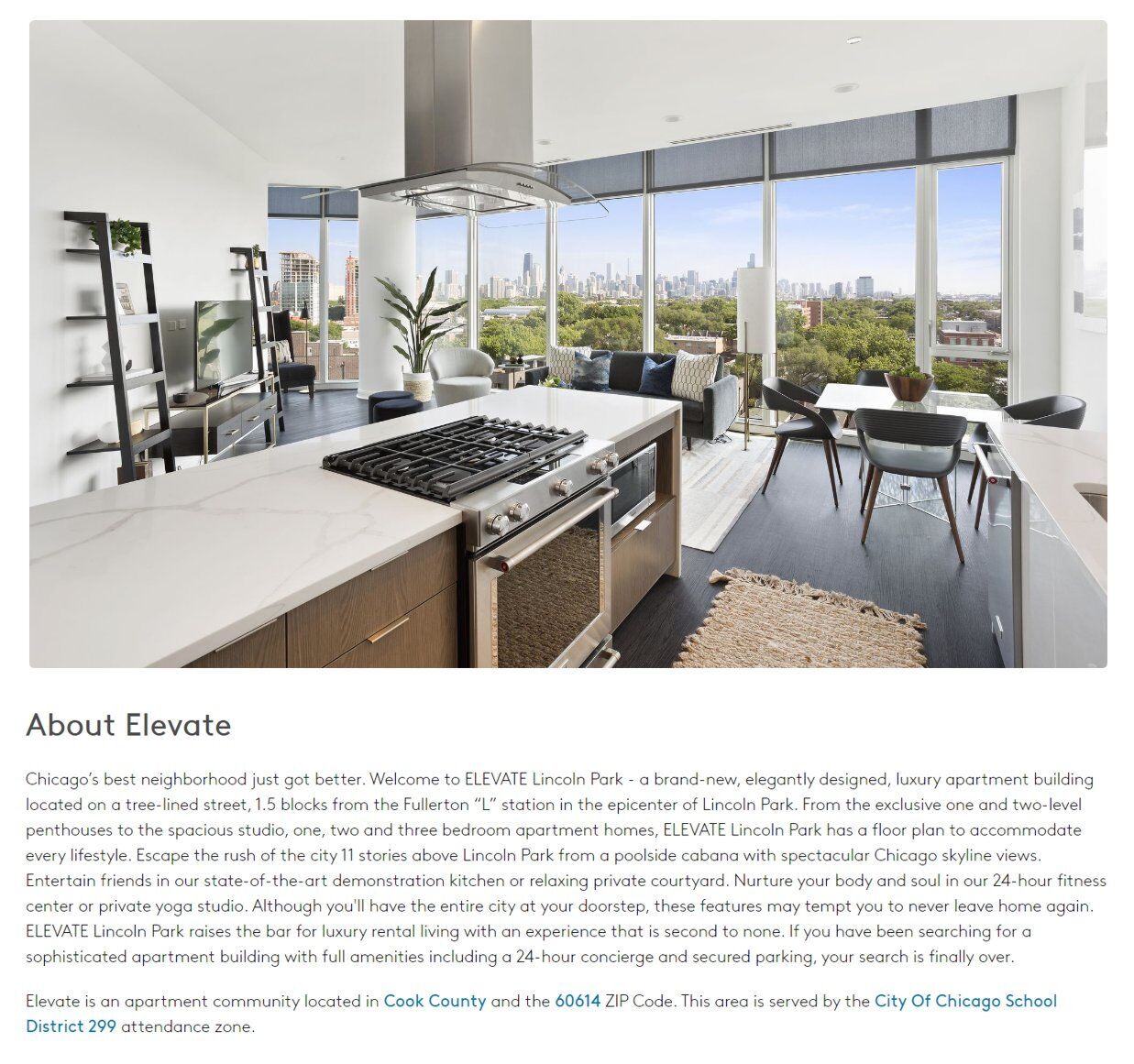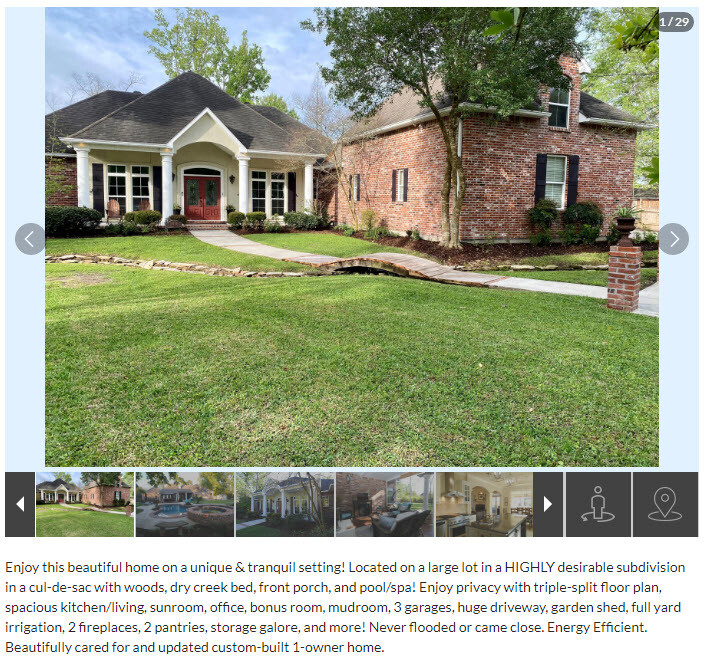To create blog posts that attract readers and generate traffic, consider these best practices:
Use attention-grabbing blog post titles:
Craft headlines that intrigue readers and compel them to click - and use them as the post title.
Write for your audience:
Keep your target audience in mind, addressing their needs, questions, or pain points in a relatable, informative manner.
Incorporate storytelling:
Share personal anecdotes or client stories to create a more engaging, relatable reading experience.
Optimize for SEO:
Conduct keyword research and incorporate relevant keywords throughout your blog post, including the title, headings, and body text, to improve search engine visibility.
Add a clear call to action:
Encourage readers to take the next step, such as signing up for your newsletter, contacting you, or sharing your post on social media, by including a persuasive call to action.
By understanding the benefits of real estate blogging and implementing best practices for generating post ideas and writing content that drives traffic, you can strengthen your online presence, attract potential clients, and achieve greater success in the competitive real estate market.
With a friendly tone and informative writing style, your blog can become a valuable resource for your audience and a powerful marketing tool for your business.



















